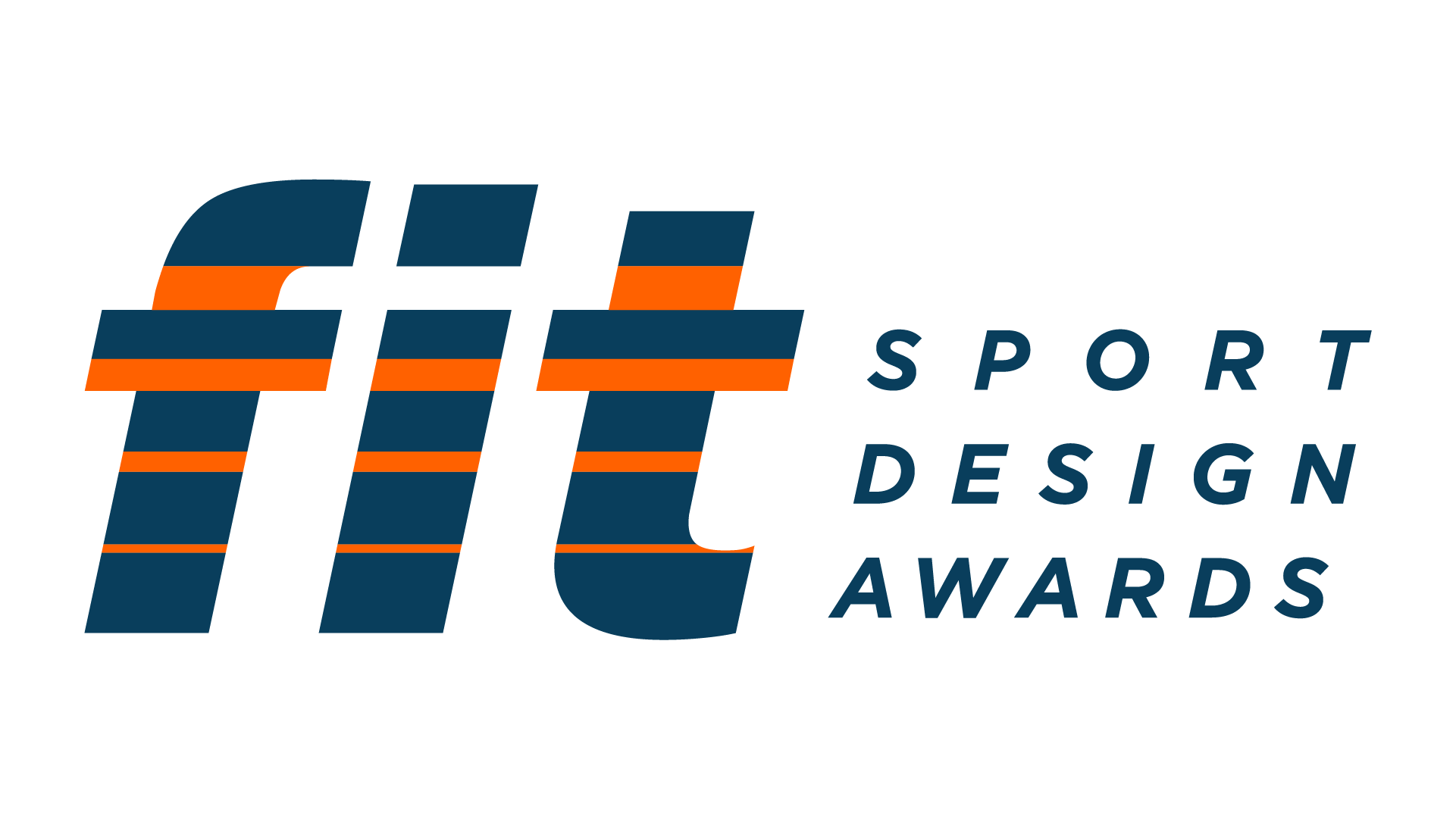
Insights from the FIT Jury member, Mathieu Boimare on Sports Apparel and Gear Design.
May 10, 2023We are delighted to welcome Mathieu Boimare, an independent consultant and former Salomon Global Product Creation Director for apparel and gear, as a new juror for the FIT Sport Design Awards. With a background in design and specialization in sports apparel and gear, Mathieu brings extensive expertise and insights to the table.
In this interview, Mathieu will share his design philosophy, approach to innovation, observations on current trends in sports apparel and gear design, and how the Awards can benefit aspiring designers. His insights will undoubtedly inspire and guide those seeking a successful career in sports apparel and gear design.
Can you tell us about your background and what drew you to pursue a career in design at first then specialized in sports apparel and gear design?
As much as I’d love to claim that I’ve been sketching objects since the age of four, the truth is I was a very late bloomer in this department. Curiosity has been a driving force in my career, leading me to explore various paths, including stumbling upon design. While in Paris to apply to an engineering school, I realized it wasn’t the right fit. The same day, on a whim, I checked out the ENSAD, the oldest French design school, just across the street, and instantly fell in love with the diverse personalities, the intellectual and artistic effervescence, founded on organized creative chaos. That moment marked the first major crossroads in my life.
Experiencing an early mid-life crisis at 34, I considered my options beyond car design. As someone who values spontaneity and well-being at work, I asked myself what I loved the most, and the answer was my family, and then sports. Decathlon stood out as one of the biggest success stories in that field, making it an easy decision to join their team as a design leader. I initially started with golf hard-goods, but soft-goods quickly captured my attention, and within a few months, I was hooked.
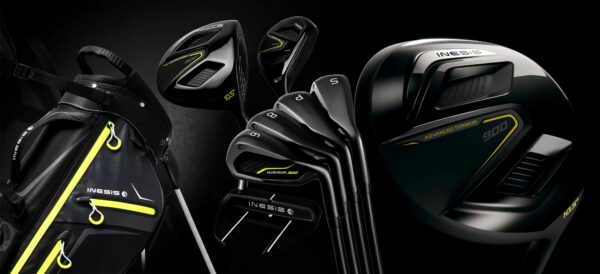
Design: Decathlon Inesis Design team – 3D modeling and rendering: Tryptik studio
You worked as a designer for Decathlon and then at Salomon for sports gear and sportswear. What have you learned from these positions, and what are some fond memories from your time there?
Decathlon’s consumer-centric unique approach in the sports industry prioritizes people and places them at the center of their values. They have demonstrated that putting people first, including clients, employees, and partners, can lead to great achievements.
On the other hand, Salomon is known for its disruptive innovations through engineering and technology, showcasing a different approach.
By combining both “pushed innovation” and “pulled innovation” approaches, I have gained insight into how new ideas, technologies, services or products can be introduced to the market, while also ensuring that they meet the actual needs and desires of consumers.
It’s also a fantastic tool to ensure that every designer, engineer, and product manager can thrive in their job and remain aligned with their individual mindset and approach to creation. My key takeaway from both experiences is that to build a strong team, it is essential to recognize and celebrate individual differences and ways of thinking.
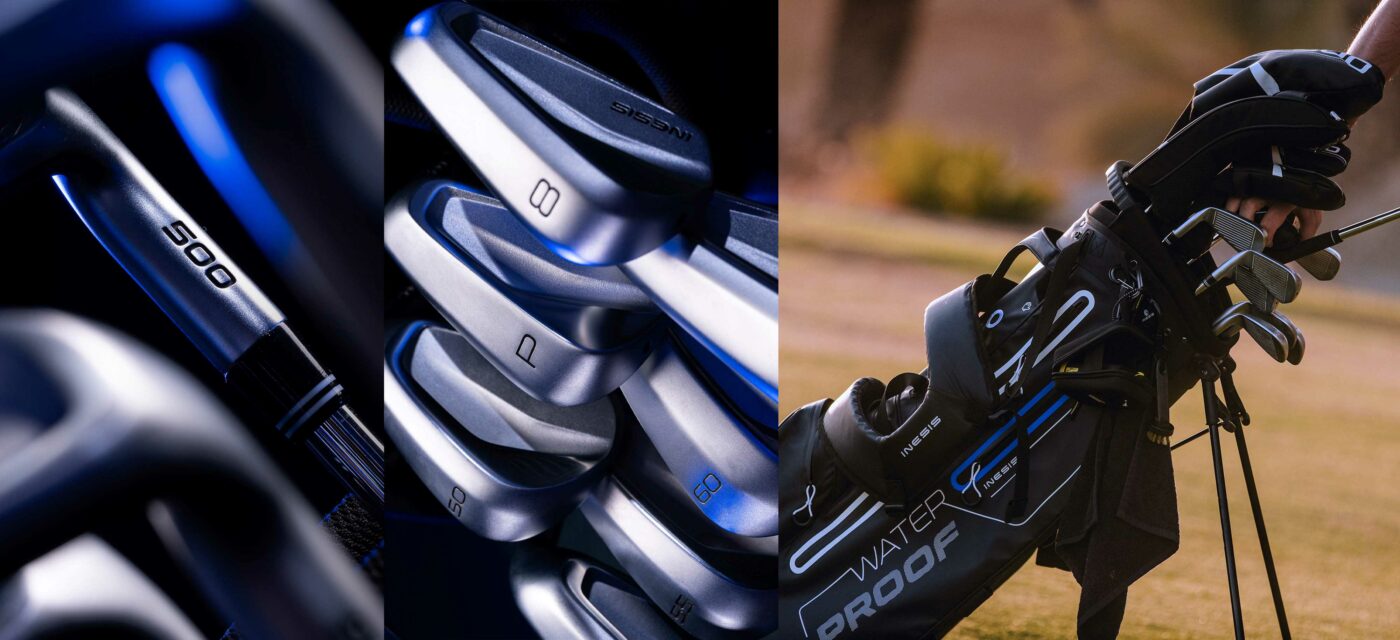
Design: Decathlon Inesis Design team – 3D modeling and rendering: Tryptik studio
Balancing functionality and aesthetics is crucial in sports apparel and gear design. How do you approach this balance, and what factors do you consider when designing?
This balance depends greatly on the company’s philosophy, values, and positioning.
In both Decathlon and Salomon, form often follows function. Decathlon’s products prioritize affordability and accessibility, emphasizing frugal innovation by using methods such as ‘Jugaad’ On the other hand, Salomon’s products prioritize extreme technical performance and proprietary innovations through technological and scientific methods, resulting in a unique identity that is difficult to replicate if you don’t have access to such technologies.
Drawing a parallel with car design, the Renault Twingo I and the Caterham Super 7 are examples of products where form followed function, creating iconic architectures that set them apart with very distinctive identities.
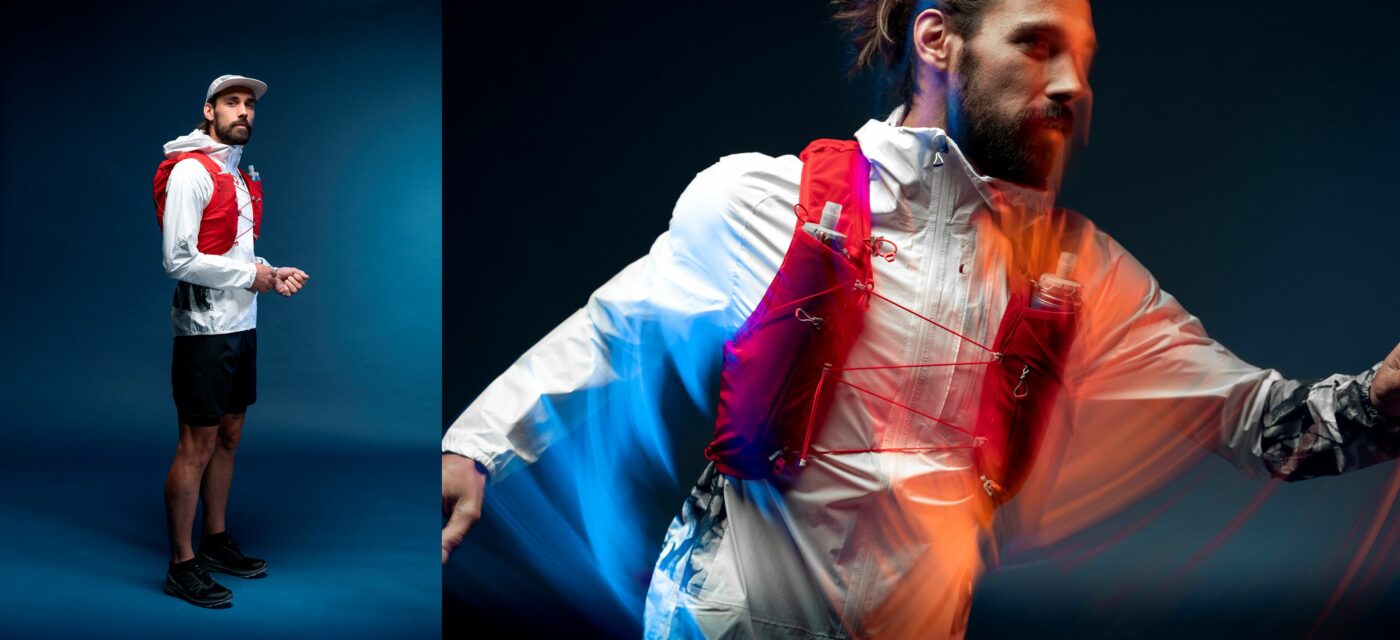
Design: Salomon bags and packs design team
What is your design philosophy, and how has it evolved throughout your career?
By balancing the needs and the desires of consumers, my design philosophy focuses on creating products that satisfy functional requirements while also triggering an instinctive emotional response. My approach is based on the incorporation of the six senses – sight, sound, touch, taste, smell, and intuition. Raw materials play a significant role, as I value and showcase their inherent qualities, avoiding unnecessary complexity or embellishments. When purchasing clothing, it’s not just about the visual appeal – you also experience it through touch, which can create a unique sound, and sometimes even a distinct smell. I strongly believe that emotional and sensory design not only captures people’s attention but also encourages them to understand, learn, and interact with a product. So, somehow a beautiful product makes people smarter.
What do you believe are the key factors contributing to successful design, and how do you approach innovation in your work?
A successful design is the result of a collaborative effort among team members who work together to achieve a common goal. While it’s important to recognize the unique strengths and perspectives of each team member, having one individual dominate the decision-making process can result in a product that is either too similar to existing designs, too focused on innovation at the expense of user experience, or detached from financial considerations. A collaborative approach that values and integrates input from all team members can result in a product that is both innovative, user-friendly, and financially sustainable.
The major challenge to overcome in design innovation is that you are marketing the future into the present, to an audience that is often nostalgic.
What are some of the current trends you have observed in sports apparel and gear design?
Outdoor sports have surged in popularity since COVID-19, as people seek safe and socially distant ways to stay active and connect with nature. But with fame comes great responsibility. The impact of outdoor human activities on nature may contradict the outdoor industry’s efforts to be sustainable. Outdoor brands are shifting towards a more holistic approach, designing systems and educational programs beyond just products. To promote a sustainable future for both the industry and the planet, brands should encourage customers to minimize their impact on the environment by following principles such as “Leave No Trace”. Additionally, by rethinking outdoor activities and finding ways to engage with nature in a more mindful way, the focus will be on empowering outdoor enthusiasts to be active participants rather than passive spectators.

Design: Salomon apparel and gear design team
How do you believe the FIT Awards can benefit aspiring designers by helping them develop their skills and gain recognition in the industry?
As an aspiring designer, winning this award will not only give you the opportunity to showcase your work to a global audience but also provide you with the recognition and credibility that comes with being selected by industry leaders.
When I graduated from school, the FIT Design Awards didn’t exist yet, but a similar award helped me secure my first job and jumpstart my career.
Such an award is a token of recognition and achievement.
Additionally, it will provide candidates with a direct line to internal industry insights, helping them make their designs more targeted and relevant.
Lastly, what advice would you offer to those seeking to establish themselves as successful sports apparel and gear designers in the industry?
In my opinion, apparel design is one of the most challenging forms of design. A garment is not just an object, but an extension of the body itself, creating an environment in which we move and interact with the world. Moreover, a garment serves as a symbol of one’s identity, reflecting who you are and what you stand for. All these factors must be considered when designing clothing, making it an incredibly complex and fascinating field.
Besides the usual suspects such as anatomy, pattern making, sketching, etc, establishing yourself as a successful sports apparel and gear designer requires a combination of creativity, sociology, psychology, and high emotional intelligence.
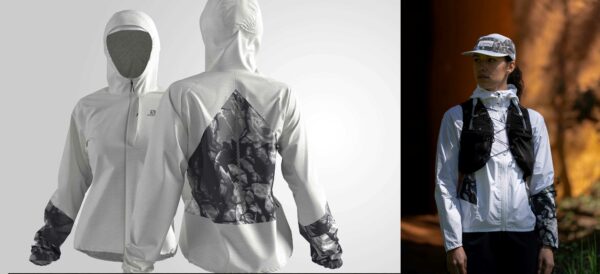
Design: Salomon apparel and gear design team – 3D modeling and rendering: Carmesine studio
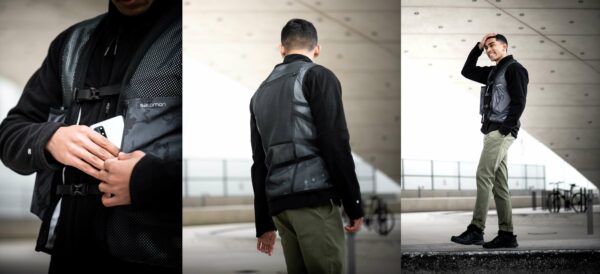
Design: Goose London
View Mathieu Boimare Jury profile.
